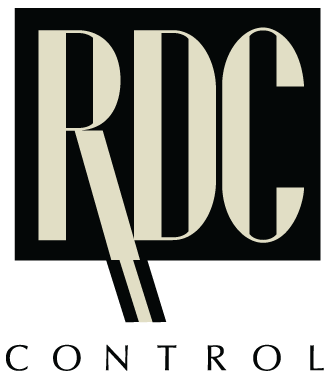Although resistance cannot confirm the alloy has the correct thermoelectric specifications, it will check to see if other undesirable characteristics like opens, poor welds, or corrosion of the wires are present. Always measure the resistance of the thermocouple out of the application so the EMF output is not in conflict with the resistance meter.
Ohms per Double Feet
Long lead wire runs, or the use of analog based instrumentation, make conductor resistance an important consideration in selecting the wire gauge best suited for your application. The table below lists the nominal ohms per double feet for thermocouple and thermocouple extension wire. Ohms per double feet is the total resistance, in ohms, for both conductors, per foot.
Click here to donwload the Nominal Resistance for Thermocouple Alloys table in PDF format.
Although resistance cannot confirm the alloy has the correct thermoelectric specifications, it will check to see if other undesirable characteristics like opens, poor welds, or corrosion of the wires are present. Always measure the resistance of the thermocouple out of the application so the EMF output is not in conflict with the resistance meter.
Ohms per Double Feet
Long lead wire runs, or the use of analog based instrumentation, make conductor resistance an important consideration in selecting the wire gauge best suited for your application. The table below lists the nominal ohms per double feet for thermocouple and thermocouple extension wire. Ohms per double feet is the total resistance, in ohms, for both conductors, per foot.
Click here to donwload the Nominal Resistance for Thermocouple Alloys table in PDF format.







